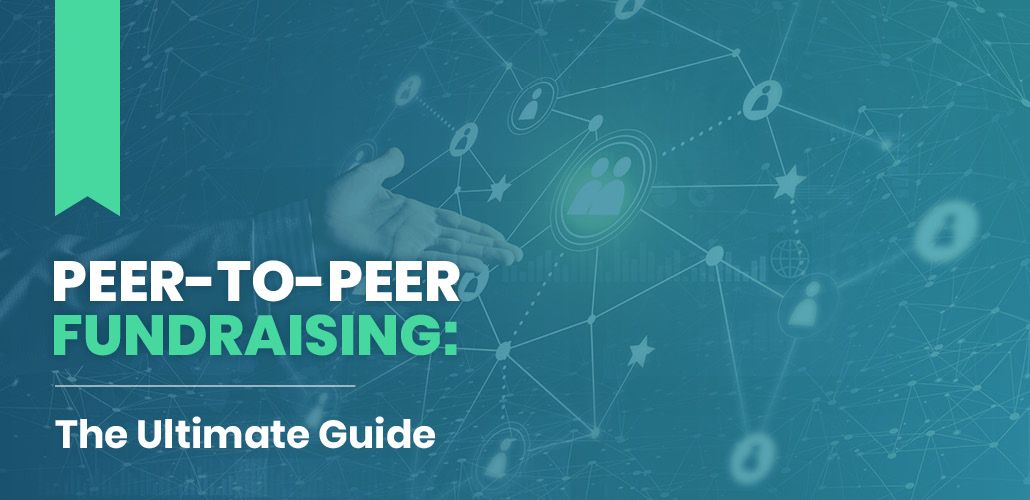The Role of Area Engagement in Nonprofit Fundraising: Building Lasting Relationships for Sustainable Support
Community involvement is significantly acknowledged as an essential component of successful nonprofit fundraising. By cultivating real connections with local stakeholders, companies can grow depend on and commitment, which are important for lasting support. Nevertheless, the techniques and methods used to engage neighborhoods differ commonly, raising important questions about efficiency and influence. What are the finest methods for growing these important connections, and exactly how can nonprofits determine their success in this sector? Recognizing these characteristics might substantially affect the future of fundraising efforts and the general objective of nonprofit organizations.
Understanding Area Engagement
Community engagement is an essential part of effective nonprofit fundraising efforts. Nonprofits need to determine crucial stakeholders-- such as area participants, local organizations, and various other organizations-- to develop efficient engagement methods.
Reliable community engagement is based on active listening and responsiveness to the demands and interests of the community. This process includes soliciting responses, recognizing community characteristics, and ensuring that the company's mission aligns with neighborhood priorities. Engaging the community can take different kinds, including public meetings, volunteer possibilities, and partnership efforts, each made to urge participation and financial investment in the organization's goals.
Furthermore, community involvement should be come close to as a recurring discussion instead of an one-time initiative. By cultivating a comprehensive environment where neighborhood voices are heard and valued, nonprofits can construct a strong foundation for future fundraising ventures. Eventually, a deep understanding of area engagement encourages organizations to produce authentic links that boost their overall efficiency and sustainability.
Advantages of Solid Relationships
Solid relationships developed via neighborhood interaction return numerous benefits for not-for-profit fundraising initiatives. Most importantly, these partnerships foster trust and trustworthiness, essential components in encouraging donors to contribute. When possible supporters see a nonprofit proactively involved in their area, they are most likely to think in its objective and effect.

Furthermore, these relationships promote efficient communication. Nonprofits can take advantage of their connections to share tales of impact, updates, and requires, making certain that advocates stay educated and engaged. This open line of communication not only reinforces bonds but likewise urges word-of-mouth promo, expanding the not-for-profit's reach.
Last but not least, strong community ties can draw in new companions and sponsors. Businesses and individuals are much more inclined to line up with organizations that demonstrate meaningful community participation, giving added resources and support that can dramatically enhance fundraising capabilities. Thus, growing durable relationships with area interaction is important to a not-for-profit's long-lasting fundraising success.
Techniques for Reliable Engagement
Exactly how can nonprofits effectively involve their neighborhoods to improve fundraising initiatives? Routine updates, engaging content, and calls-to-action can galvanize area passion and engagement.
2nd, holding neighborhood occasions, such as workshops, volunteer chances, or fundraising drives, assists in face-to-face interaction, enabling nonprofits to display their impact and efforts. These occasions not just increase funds yet additionally cultivate connections and allow area participants to engage straight with the reason.
Third, applying personalized interaction strategies can enhance involvement. Tailoring messages to details contributor segments based upon interests and previous payments fosters a feeling of belonging and financial investment in the organization's mission.
Last but not least, creating partnerships with neighborhood companies and community leaders can magnify outreach efforts. Joint initiatives can boost visibility and integrity, demonstrating a cumulative commitment to the area's well-being. By incorporating these strategies, nonprofits can develop long-term connections that boost fundraising efforts and drive sustainable assistance.
Gauging Interaction Success
While involving the community is critical for successful nonprofit fundraising, measuring the efficiency of these engagement efforts is similarly essential. Establishing clear metrics enables organizations to assess how well they are getting in touch with their target market and accomplishing their fundraising objectives. Trick performance signs (KPIs) such as contributor retention prices, volunteer engagement degrees, and engagement on social networks systems give tangible data for analysis.

Regularly examining these metrics makes it possible for organizations to pivot their strategies when required, making certain that community interaction remains aligned with their overall goal. Additionally, sharing these outcomes with stakeholders promotes openness and develops trust, urging additional community participation. Eventually, a durable measurement framework not just educates future fundraising efforts yet additionally reinforces the connection in between the not-for-profit and its advocates, preparing for sustainable success.
Situation Researches in Community Influence
Numerous case studies show the profound effect that area involvement can have on not-for-profit fundraising success. One remarkable instance is the "Something to chew on" effort, where a local food bank partnered with services and colleges to host neighborhood dinners. These events not just elevated funds yet also promoted a sense of belonging amongst individuals, dramatically increasing contributor retention rates.
An additional engaging situation is the "Environment-friendly Spaces Project," which included neighborhood homeowners in the revitalization of metropolitan parks. This campaign not just gathered financial support from neighborhood companies but likewise grew a volunteer base that added to continuous upkeep and programming. The feeling of ownership and pride among community participants converted right into continual payments.
In the realm of arts, the "Art for All" campaign successfully engaged local artists and patrons to produce collective art setups, resulting in enhanced exposure and contributions for a neighborhood arts web nonprofit.
These examples highlight that when nonprofits focus on neighborhood participation, they can develop lasting partnerships that enhance fundraising efforts, guaranteeing lasting support and cultivating a vibrant area society. Such situations demonstrate that community engagement is not merely a strategy but an essential column of nonprofit success.
Final Thought
In final thought, neighborhood interaction is essential to the success of nonprofit fundraising initiatives. By promoting strong connections with regional stakeholders, organizations boost depend on and reputation, causing improved benefactor retention and loyalty. Applying effective engagement methods and determining their impact guarantees that nonprofits can flourish and adjust. Eventually, a robust foundation of area support not just magnifies fundraising potential but additionally grows a culture of partnership, crucial for achieving lasting organizational objectives and maintaining meaningful influence.
Nonprofits need to determine key stakeholders-- such as community members, neighborhood services, and various other organizations-- to produce reliable involvement strategies.

In verdict, area interaction is indispensable to the success of not-for-profit fundraising efforts.
Comments on “Online Fundraising: Proven Tips to Increase Even More Funds for Your Nonprofit”